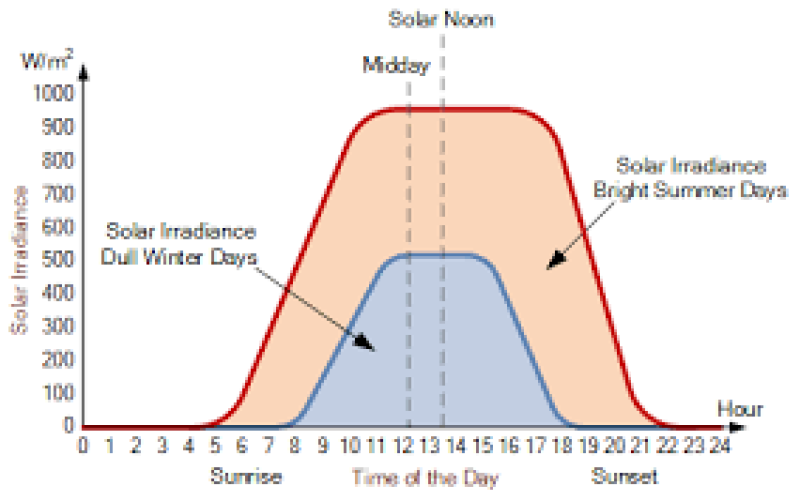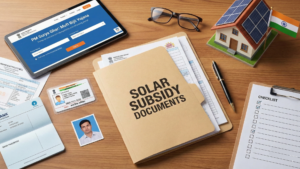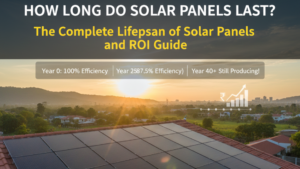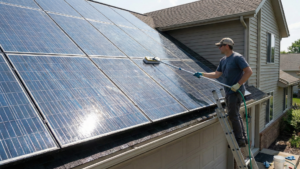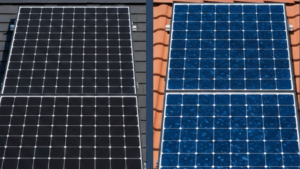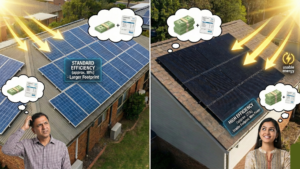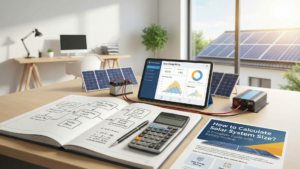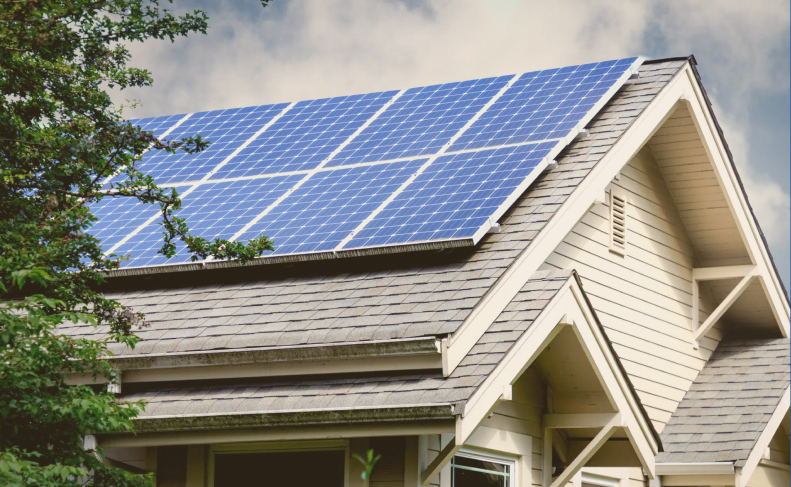Solar radiation is the energy emitted by the sun that travels through space in the form of electromagnetic waves. It’s essentially light and heat from the sun that warms our planet, drives weather patterns, and fuels countless biological processes.
Solar flux is nothing but solar radiation in a given area.
The technical viability and the cost-effectiveness of solar energy-driven systems largely depend on the area of installation or the availability of solar radiation.
What Influences Solar Radiation at a Certain Location?
Several factors influence the amount of solar radiation reaching a specific location:
a. Geographic Location
b. Season
c. Time of Day
d. Atmospheric Conditions
e. Local Landscape
Types of Solar Radiation
As sunlight travels through the atmosphere, a portion of it is absorbed, dispersed, and reflected by:
a. Clouds
b. Air particles
c. Water molecules
d. Dust \Pollutants
e. Air-pollution disasters such as forest fires and volcanoes
These disturbances reduce the amount of natural solar flux and are referred to as diffuse solar radiation.
Does solar powered devices require direct sunlight?
Solar panels are like sun-powered champions, performing best when bathed in direct sunlight but they’re also pretty tough and can still generate electricity even on less sunny days.
The brighter the sunshine (measured as solar flux at 1000 W/m²), the more efficiently they can convert that light into electricity while on dimmer days, they just work a little less efficiently.
Can Solar Panels be Used in the Shade?
Solar panel operation is possible in shaded conditions, although electrical current production is diminished compared to ideal circumstances.
The following criteria will determine exactly how the shade will affect your solar power system.
a. Shading Duration
The amount of electricity your solar panels produce will decrease when they are shaded.
b. Technology
More recent solar panels are made to be less affected by partial shadow issues.
How Much Solar Flux do Solar Panels Require to be Cost-Effective?
According to the usual rule of thumb which tells us that a solar system should receive direct sunlight between 11 AM to 2 PM as these are the peak sunshine hours.
Ideally, solar panels churn electricity from sunlight between 9 AM to 4 PM.
